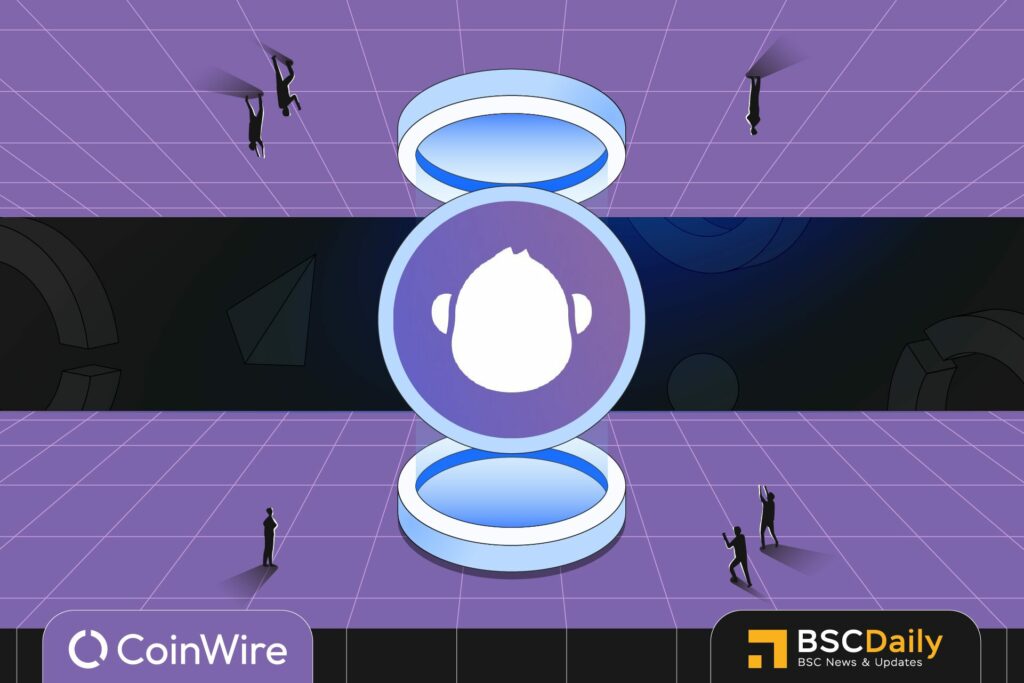This Friday morning, the Silicon Valley Bank likewise collapsed, after the bankruptcy of Silvergate. The aforementioned collapse occurred barely two days after the second-largest failure of a financial institution in US history as a result of a capitalist crisis and a bank run.
According to reports, California regulators have chosen to shut down the tech lender and hand it over to the Federal Deposit Insurance Corporation of the United States. The FDIC is currently serving as the bank’s receiver, which normally entails selling off the bank’s assets to reimburse its clients, including depositors and creditors.
The FDIC is a well-known independent government organization that regulates financial firms and insures bank deposits. All insured depositors would purportedly have complete access to their insured deposits by no later than Monday morning, according to the aforementioned agency. The aforementioned agency also added that they would “issue an advance dividend during the next week” to uninsured depositors.
Moments Before Silicon Valley Bank Collapse
The Silicon Valley Bank apparently hit a hard patch last Wednesday when SBV announced that it will sell $2.25 billion worth of new shares in order to strengthen its balance sheet while also selling a number of securities at a loss. The major venture capital firms are believed to have panicked in response to the aforementioned revelation, prompting them to take money out of the bank.
In light of the aforementioned event, the bank’s stock was perceived to have decreased by Thursday and is reported to have pulled the stock of other banks along with it. Then on Friday, it was noted that SVB’s stock had stopped moving, and efforts to raise money or sell the aforementioned shares had been given up. Meanwhile, Friday saw a temporary suspension of trading in a number of other bank equities, including but not exclusive to First Republic, PacWest Bancorp, and Signature Bank.
FDIC’s Rapid Response
The quick succession of events has contributed to the FDIC’s notable timing of the takeover. The aforementioned agency has a reputation for not intervening until after the market has closed. But, according to Dennis M. Kelleher, CEO of Better Markets, SVB’s condition was rapidly deteriorating and couldn’t last for five more hours.
The CEO asserted that the aforementioned situation was brought on by depositors withdrawing funds so quickly that the bank became bankrupt. He also noted that a traditional bank run was another factor that made the intraday closure inevitable. Yet, reports claim that the Federal Reserve’s aggressive interest rate increases during the previous year are partially to blame for Silicon Valley Bank’s downturn.





